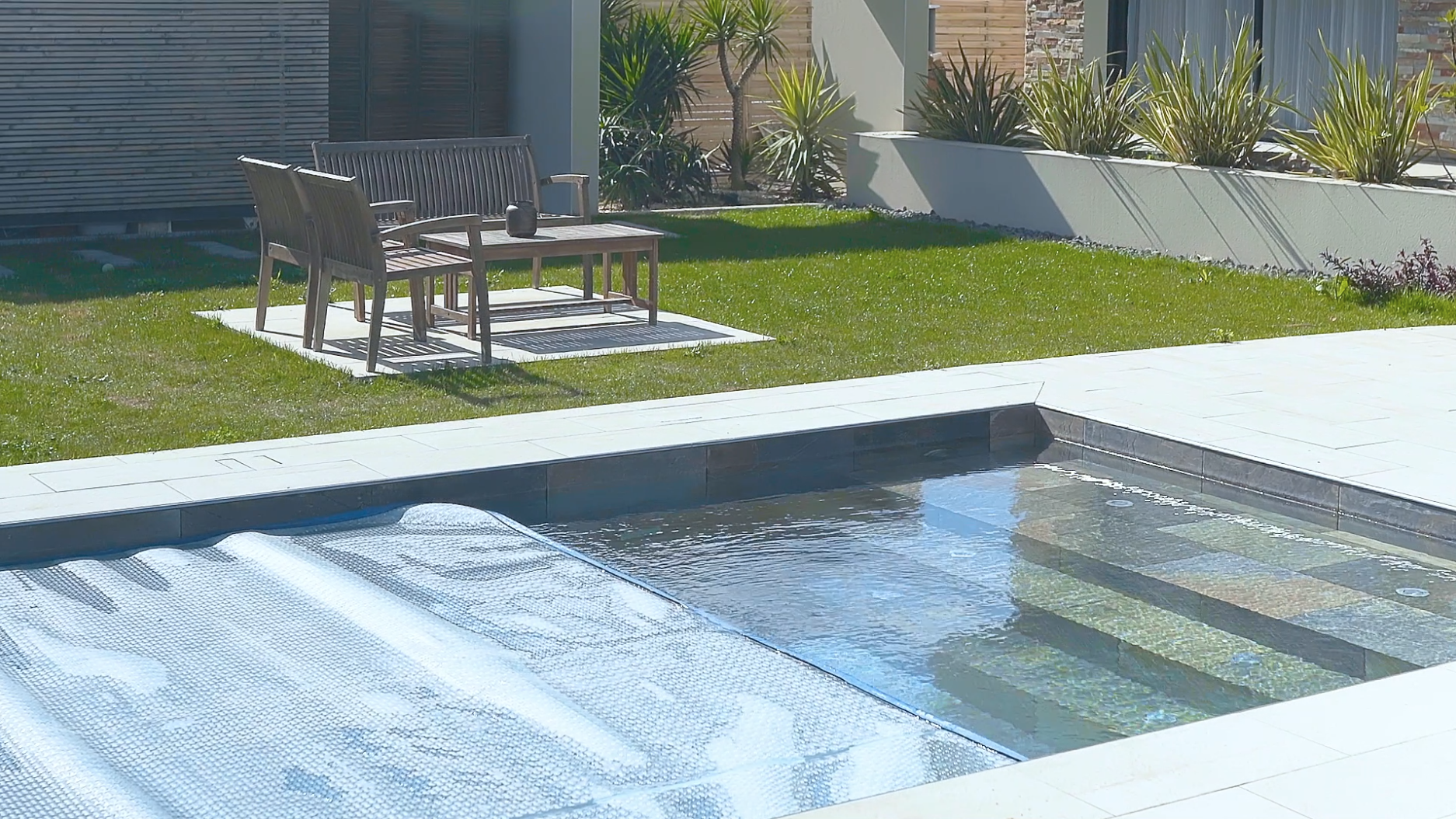Interview with Ana Ramírez, LEED AP, WELL AP, Principal, KALĀ Design Group | Co-Founder, Ancestral Handmade Hotels
Architect and entrepreneur Ana Ramírez analyses the evolution of the concept of wellness at luxury hotels. Founder of KALĀ Design Group and Ancestral Handmade Hotels, Ramírez has established herself as one of the most influential voices in regenerative design and wellness architecture. With an international track record that includes projects for brands such as Ritz-Carlton Reserve, St. Regis and Waldorf Astoria, she offers a retrospective of the most significant changes since the previous Piscina Barcelona fair that she attended and anticipates the trends set to shape the future of wellness hospitality as we approach 2030, with sustainability, neuroarchitecture and the spiritual connection with the environment intertwined to transform the traveller’s experience.
From 2023 to the present day, the wellness market has undergone a profound transformation. What do you regard as the most significant changes in the way travellers view wellness and how are they reflected in a hotel’s design and services?
Since 2023 we’ve witnessed a profound transformation; wellness has ceased to be a personal indulgence and it’s become a collective need. Current-day travellers are looking for spaces that regulate their nervous system, reconnect them with nature and make them feel part of a whole. The wellness concept has expanded; it no longer focuses solely on the body, it encompasses the mind, emotions and environment.
In design, this is reflected in sensory and conscious architecture, with natural light that accompanies the circadian rhythms, materials that breathe, sounds that soothe and spaces that encourage respite. Instead of offering isolated treatments, the most visionary hotels are creating living ecosystems in which each element, from the landscape to the cultural narrative, contributes to the well-being of the guest and the place.
In our previous conversation at the 2023 fair, you emphasised the importance of connecting luxury with authenticity and cultural roots. How has this idea of ancestral and regenerative luxury evolved in recent years?
Contemporary luxury is no longer measured by material abundance, it’s now defined by the depth of the experience and the level of consciousness that it awakens. Ancestral details are no longer exotic, they’re a way of regarding luxury as the soul of the place.
Today’s travellers seek authenticity; they want to feel the history of the land, taste local ingredients, recognise the hands behind each object and emotionally connect with their surroundings. Regenerative luxury is no longer a distinctive feature, it’s the new starting point. In my opinion, true luxury can be found when the space subtly transforms you, when you leave it calmer, more aware and better connected.
In 2023 you mentioned continuous innovation as a challenge facing the sector. Today, with the irruption of new technologies such as AI, biometrics and digital wellness, how is innovation being reinterpreted in wellness spaces? Where do you see the balance between technology and spirituality?
We’re reaching a phase in which true innovation involves creating spaces that arouse emotions and vibrate in harmony, because this is when the architecture becomes an experience. Technology is a great ally when it amplifies the human experience, not when it replaces it.
The wellness of the future will be hybrid: data-driven but guided by the spiritual intelligence of the place. In my projects, technology is silently integrated to personalise, measure and accompany, while the soul of the space remains analogous, with the sound of the water, the feel of the clay, natural light and shared silence.
Current-day innovation doesn’t entail adding more devices, it’s about recovering the capacity for amazement and designing places in which presence is the true luxury.
Biophilic design and sustainable systems continue to gain prominence, but now there’s also talk of neuroarchitectural spaces and the emotional impact. Are you exploring these new currents in your projects? How are they reflected in the guest’s sensory experience?
Yes, absolutely. At ANA and KALĀ Design Groups, our sister studios, we integrate neuroarchitecture and neuroaesthetics as essential tools to promote well-being. We design spaces that enter into dialogue with the body and mind, with proportions that induce calm, acoustics that relax, colours that encourage presence and light that synchronises the biological clock.
We’re investigating how architectural resonance and harmonic geometric structures can influence emotional regulation, incorporating sound therapies, art and neuroscience to generate measurable states of calm, connection and mental expansion. The aim is for each space to become a comprehensive sensory experience in which the guest is accommodated but also transformed.
In your position as a Latin American leader with a global reach, what role do you think Latin America is playing in the redefinition of international wellness? Which trends and approaches in the region would you highlight?
Latin America is bringing the spiritual dimension of well-being to the world. At a time when the global industry is seeking metrics and protocols, our region reminds us that well-being also stems from our links to the land, the community and the ancestral memory.
We’re witnessing a revival of soulful wellness ranging from cacao rituals to thermal baths, fabrics, music and natural medicine. Wellness in this respect isn’t a product, it’s a way of life handed down from generation to generation.
Regenerative tourism is presented as a direct way of reinforcing the resilience of destinations, and Latin America has all the ingredients to lead this change. Our biodiversity, cultural wealth and ancestral wisdom provide the perfect framework for the creation of regenerative destinations that restore the health of the individual, but also that of the natural environment and the local communities.
What’s most beautiful is that this wisdom is being integrated into modern science, nutrition, neuroscience and longevity, creating a new and profoundly human language.
Finally, which themes and trends do you think will shape the future of wellness hospitality between now and 2030? Which challenges and opportunities do you anticipate for people who design the spaces in which wellness and regeneration meet?
As we approach 2030 we’ll see a convergence between longevity, neuroscience and regeneration. Hotels will evolve towards spaces that promote holistic well-being and they’ll be designed to find a balance between human biology and the natural environment.
The challenge will lie in maintaining authenticity in the face of automation, and the main differential value will be found in projects with soul and coherence. There’ll be an opportunity to create places that awaken emotional experiences for the guests staying there, ones that regenerate the environment and promote human and planetary longevity.
I believe that the future of the hotel business is emotional and vibrational. There’ll be a shift from creating all-inclusive resorts to designing sanctuaries to connect in; spaces that regulate our nervous system, regenerate our ecosystems and awaken our collective memory.
How would you define your experience at Piscina Barcelona in one sentence?
An enriching experience that reaffirms the transformational role of water in wellness architecture and our creative responsibility to innovate in its conscious use.
Cristina Benavides
Piscina Barcelona 2025 contributor




